In the second half of the year, students really start to find their groove. They have revisited the routines and expectations after their vacation, and most are starting to exhibit more independence. This has always been the PERFECT time for me to introduce Literature Circles (or Book Clubs) to my reading groups.
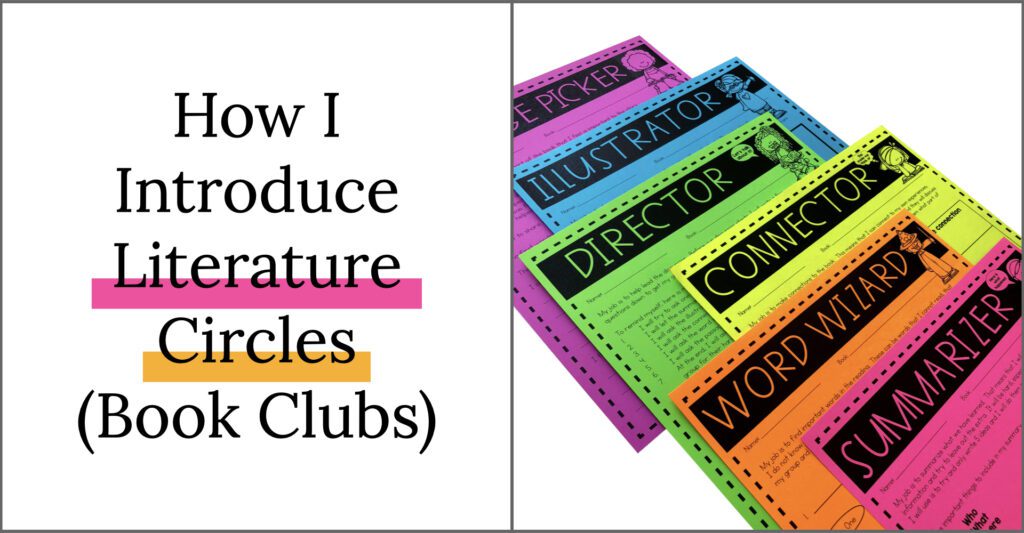
If you’re not familiar with Literature Circles, I like to think of them as a structured book group. It’s a great way of helping students engage in independent discussions around a shared text. There are multiple roles, and each student is given a specific role for the duration of a conversation. These roles include Discussion Director, Word Wizard, Passage Picker, Illustrator, Connector, and Summarizer.
Depending on the grade level I’m working with, my rollout may look different. For example, in first grade, I typically venture into Literature Circles with my group(s) that are reading beyond the end-of-year benchmark. That is not because I don’t feel like my other students can handle the responsibility of independent work, but rather, there are skills and strategies that I would prefer to be our focus within those groups. However, in third grade, I make it a point to include Book Clubs in all groups, but use their level of independence and engagement during our reading groups as an indicator of readiness.
Today I want to discuss HOW I introduce literature circles to my students to ensure that they can successfully run these groups independently during our reading block. If we are going to focus on a single word during all of this, it would be EXPLICIT!
Introducing Literature Circles with A Teaser
I start the introduction within my small group reading time. After a regular reading group meeting, I give them a little “teaser” at the end.
“Next time we get together, I am going to share something really exciting with you! Have you ever heard of grown-ups having a Book Club or a Book Group? It’s when a group of people get together and they get to talk about a book they’ve read. Often times one person helps run the conversation, and the rest of the group each take turns discussion different parts and it gets to be a really great conversation. The next time we meet, I’m going to teach you all about running your own book clubs (without the teacher). It’s a big responsibility, but I think this group is ready for the challenge!”
The level of excitement they show is SO worth this little preview! Then, they come to our next meeting BEYOND ready and willing to listen!
Introducing Literature Circles as Book Clubs
When I reconvene with my group, I like to start by revisiting my summary of Book Clubs from the day before, just to refresh their memories. Then, I move into explaining WHY I think Book Clubs will be a great choice for their group.
It usually includes language around how their ability to understand books, and the focus they’ve shown during independent reading time. I also make sure to mention that I’ve watched how they talk about books together in the group, and how much I want to give them MORE chances to do that outside of our reading group.
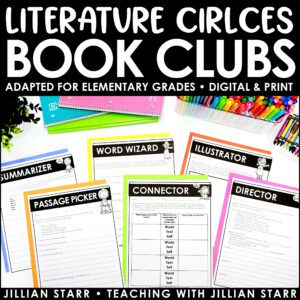
Literature Circles
One thing I steer clear of during this conversation is equating their readiness for Book Clubs with a love of reading. The reasoning behind this is that many of my students who are earlier on in their understanding of reading can have an equal love of reading. They just may need to be focusing on a different set of skills at this time. As a struggling reader myself, this is ALWAYS at the front of my mind.
I explain that Book Clubs are not just sitting around talking about a book! That can be really fun and helpful too, but our Book Clubs are different. With our Book Clubs, there is a structure, called Literature Circles. Everyone in the group will get a different job/role and each one gives a different way to share about the book. Every person will get a turn to share their work for that job during their group time, and your job will change each time (so don’t worry, you’ll get to try them ALL out!)
Then, it’s time to introduce the format of these different roles of that make up the Literature Circle.
Introducing Literature Circle Roles
The Discussion Director
I explain that the Discussion Director acts as the leader of the group for the day. Their job is to run the group and make sure that the conversation goes smoothly. I make sure to let them know that EVERYTHING they need to do will be given to them, so they don’t have to worry about remembering. This usually alleviates ANY worry and helps them focus on the excitement of what’s to come.


I take the time to share possible questions the discussion director could ask to keep the conversation going during literature circles. I show them the page that they can use to support them, and that it includes the order of people the director asks to share. (e.g. After a few conversation starters, the Discussion director asks the Summarizer to share their work.)
The Summarizer
The summarizer can be a difficult role during literature circles. I like to model summarizing with a familiar story. I show the group the “Summarizer Page” and explicitly show how I can use the prompts and keywords to help me summarize that familiar story.
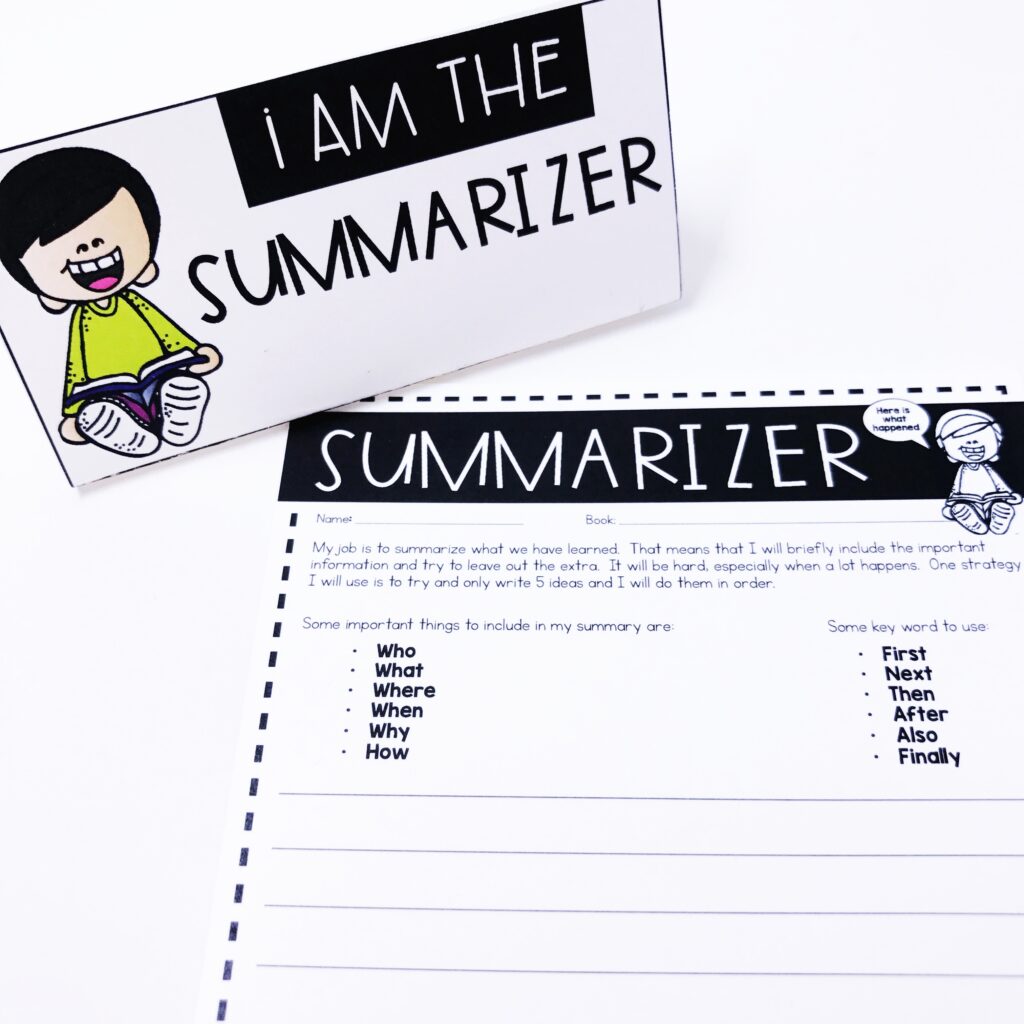

Then I sometimes pick a second familiar story and ask the students to do the summarizing (aloud). We go through each of the prompts and keywords, and I record their responses on the sheet to demonstrate. Together we come up with a cohesive summary and students can later reference that example when working independently.
The Illustrator
The illustrator is usually the favorite role of my students during literature circles. I introduce the idea that students can pick a favorite part or what they believe to be an important part of the book, and then illustrate that scene. I ask them to do it without the book in front of them (I always have perfectionists who understandably want their work to resemble the book…but I stress that we want to see THEIR interpretation).
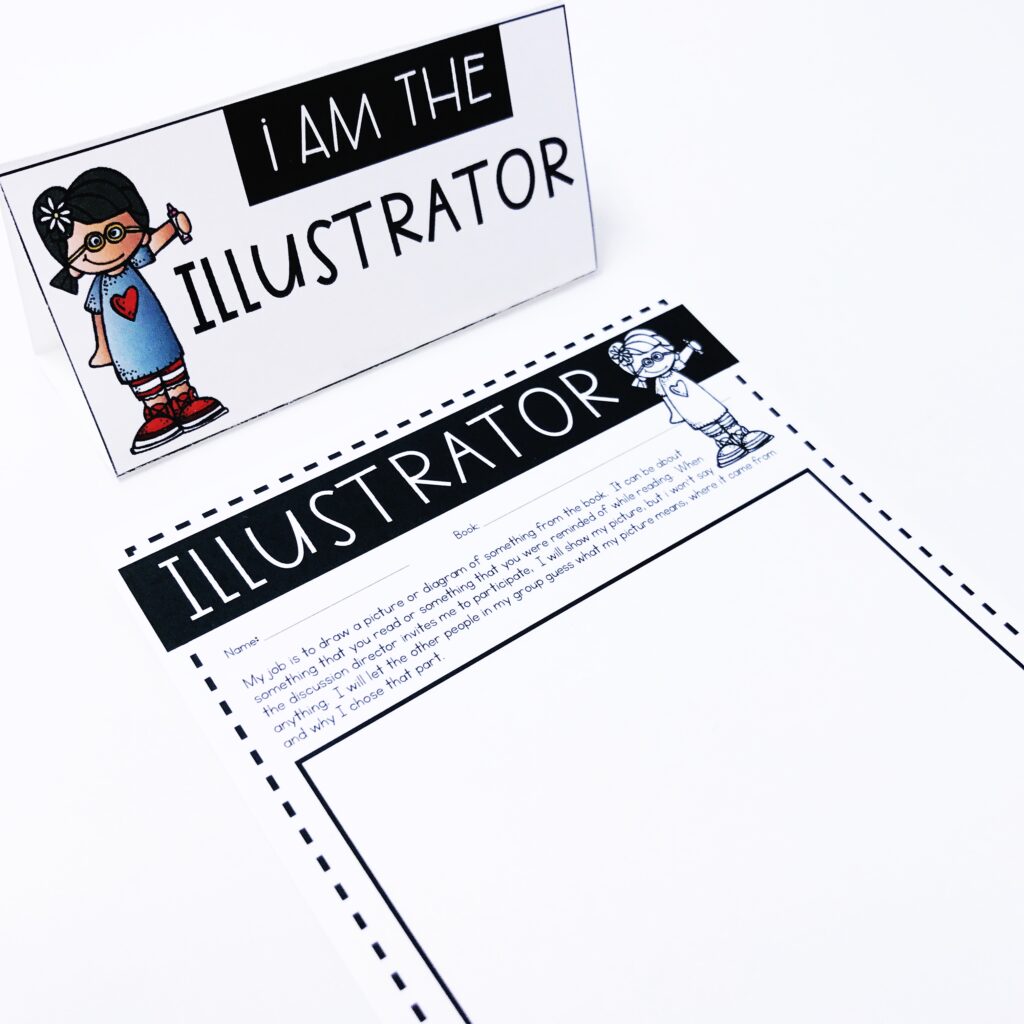

I then explain that the illustrator does not tell the rest of the group what they have drawn. Instead, their group examines their work and it is the group’s job to try and uncover what part of the book was illustrated. Only after the members of the group have made their guess, does the illustrator confirm (or deny) the guesses, and then share WHY they picked that part of the text.
The Connector
The connector may be one that you need to give a little more time to as you introduce literature circles, depending on how much you have discussed text connections with your class. For students to be successful in this role, they need to have an understanding of text-to-self, text-to-text, and text-to-world connections.


Once this understanding is established, I go through how the connector uses their role page to record the different types of connections they made throughout the text. Once they get the hang of it, it actually comes quite quickly for them! We then discuss how students can share out this work by describing some of the connections they made, and asking if their peers had any other connections they would like to add.
The Word Wizard
The role of the Word Wizard in Literature Circles is to draw our attention to the vocabulary within the text. I explain that students can choose words for a variety of reasons:
- They cannot read the word
- They don’t know what the word means
- They think it was a great word choice/juicy word
- Other


These words make for great conversations during the discussion. I love when their peers help them read an unfamiliar word, or listen to the definitions they provide. It’s a great way to naturally enhance and reinforce strong vocabulary.
The Passage Picker
The passage picker is the role that I give as an “extra” if I have more than 5 students participating in literature circles. It’s not because I don’t love this role, but because I think there are elements of it that can be covered in different roles. Nonetheless, I introduce it to my students.
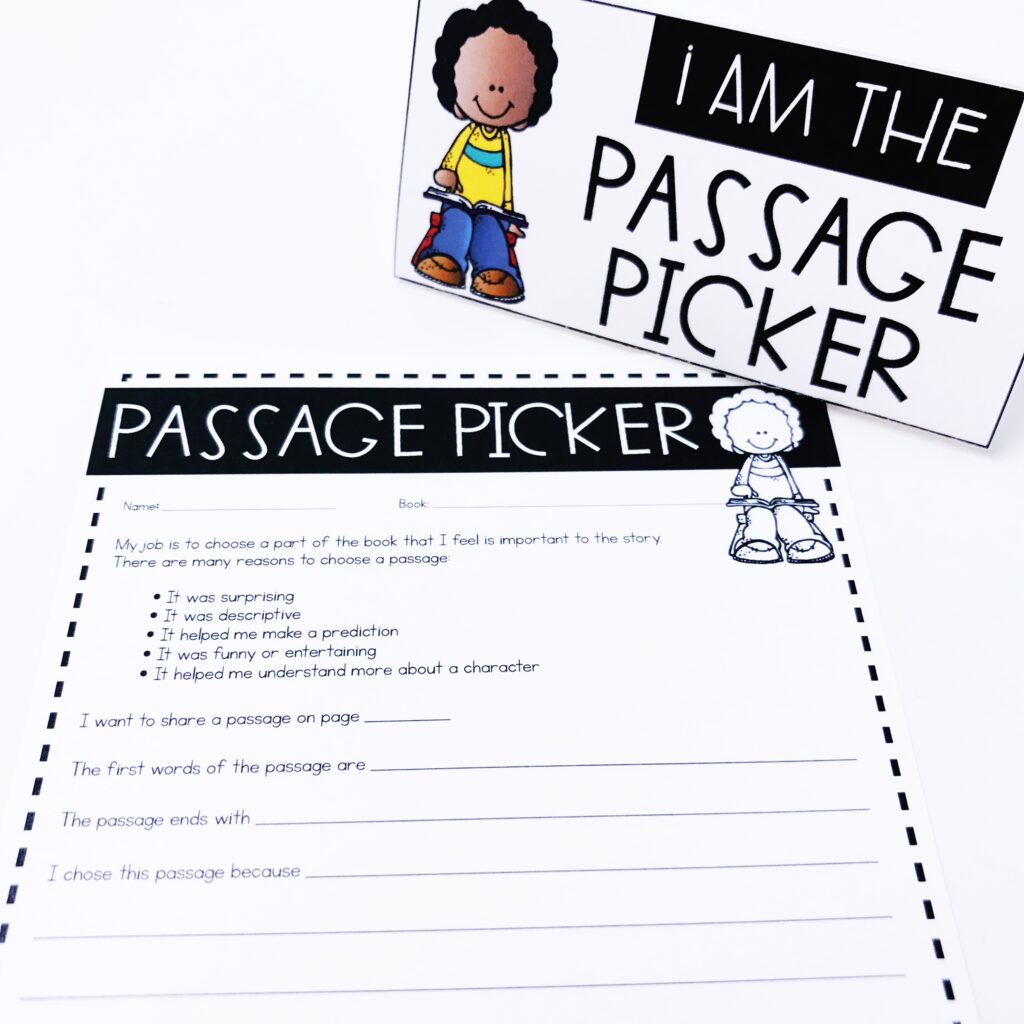

I explain that the passage picker gets to choose ONE small section of writing, called a passage, from the text that stood out to them. This can be because it surprised them, they liked the imagery, it gave them a clue about what was coming next, it made them laugh…etc.
I love listening to the student’s reasoning behind their selection, and then listening to the reaction from their group. “That made me laugh too!” or “Yes! That’s when I KNEW he wasn’t going to give up without a fight!” It’s a great addition if you have enough students to fill the role.
Putting It All Together
After explicitly teaching each of the roles within Literature Circles, and modeling how the Discussion Director can end the meeting, I explain the next steps.
I tell students that during our next reading group, we are going to practice a round of literature circles. I let them know that I will be there to support them, but I will really just be watching and not interfering unless they need me. I have found this gradual release of responsibility the best way to ensure that students are successful with this model.
If all goes well during their first round, I give them the option to try it on their own later that week during a reading center rotation. If I think they might benefit from some additional support, we typically give it another go during our reading group time, where I can be there to help facilitate.
How Did it Go?
I like to finish literature circles by having students reflect on how they feel the group functioned that day. I give them a quick “group check-in” form that acts as a rubric. I have students complete them and turn them in privately.


I also let students write any additional information they wish to include on the back. This allows students a safe place to share their thoughts, as well as anything that may have come up that I should be aware of.
I use these reflections to guide future conversations with the group and try to help problem-solve any issues that may have come up.
Taking Literature Circles Digital
During remote learning, literature circles are a WONDERFUL answer to making reading groups work! I have included ALL of these role pages and reflections in a digital form. This way, students can complete these pages during asynchronous learning time, and then come together in small break-out rooms to have meaningful conversations around shared text!
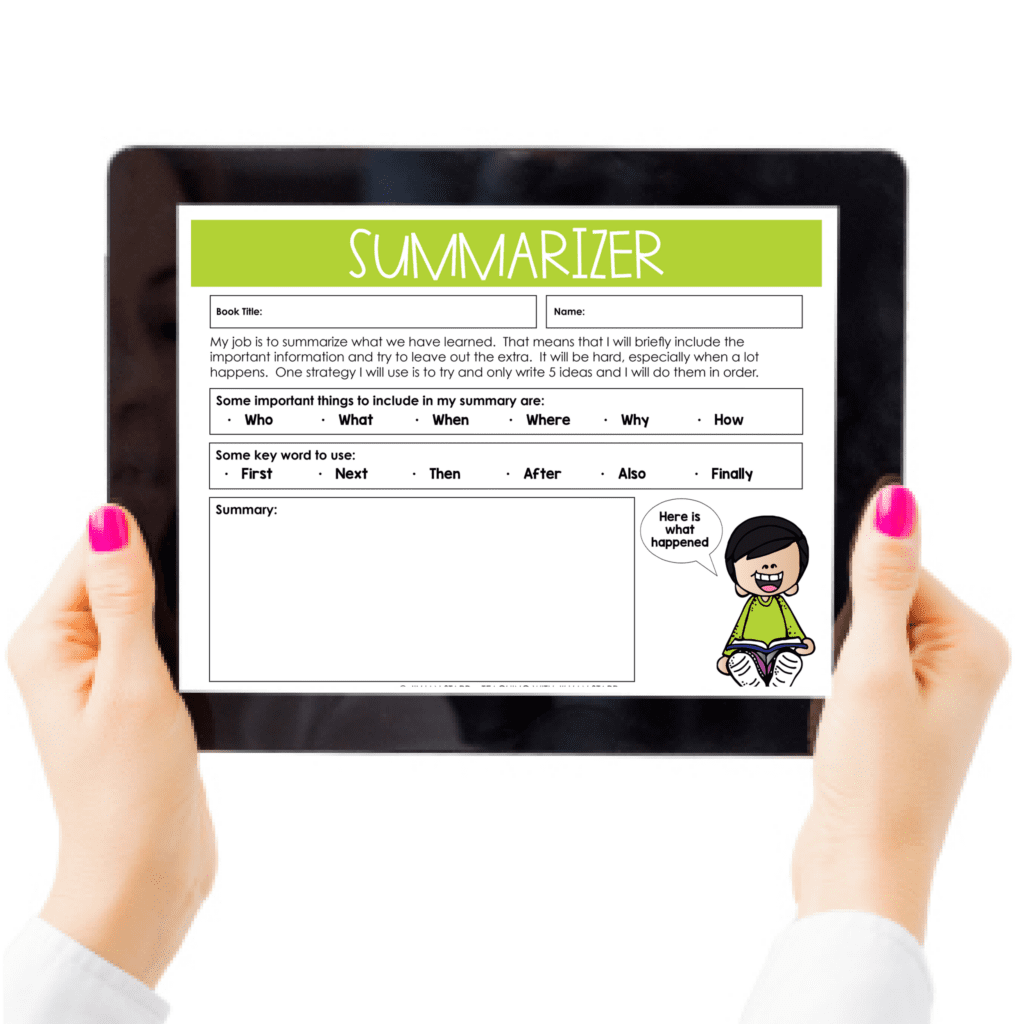

What text should I use? While it’s difficult to put physical books in students’ hands during remote learning, you can definitely use apps and websites like Epic and Reading A-Z and others to offer shared texts to your students.
Tools For Literature Circles
I LOVE literature circles, but found that I needed to modify a lot of the content to make it accessible for younger students. I created these literature circle role pages to help my students stay on task and organize their thinking:
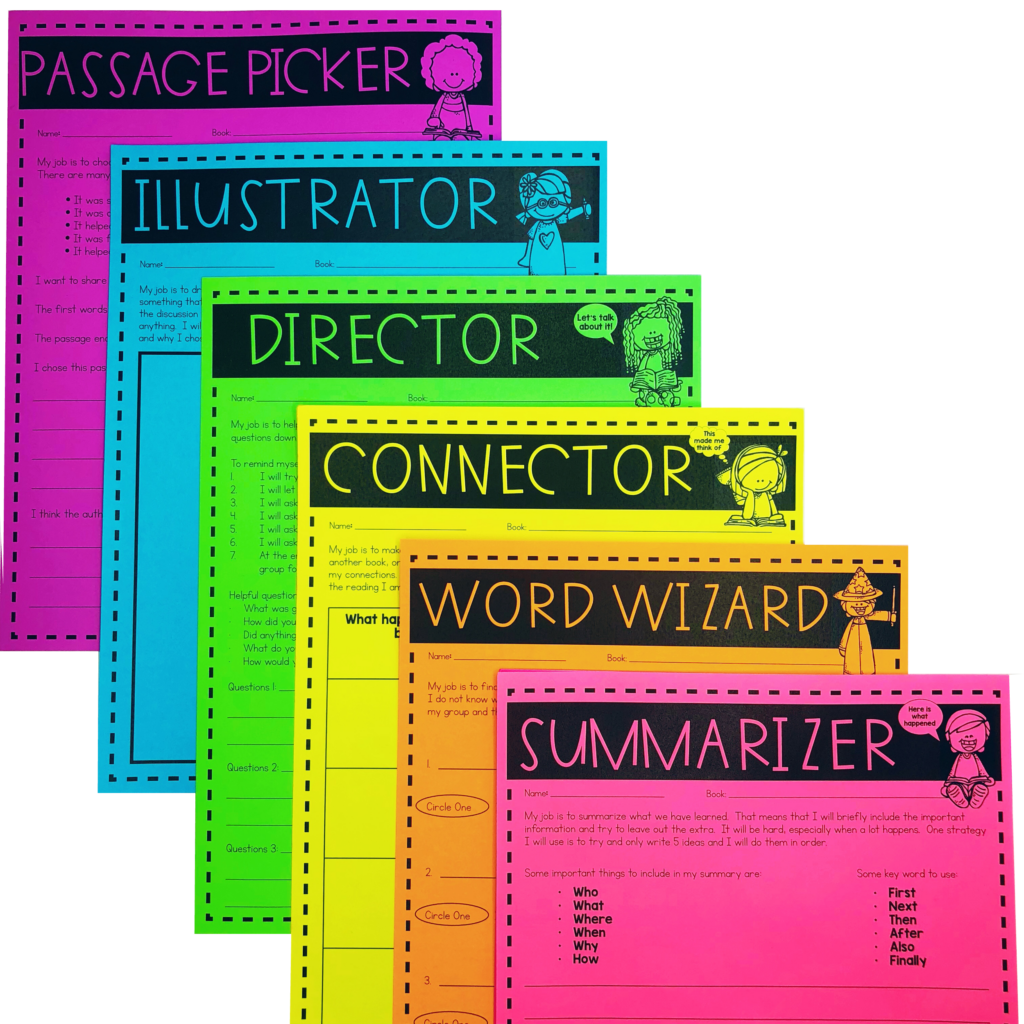




Literature Circles
I also use these table tents to designate the different roles. This has two purposes:
- It helps all of the students in the group remember who is working through which role during that discussion.
- The back side of the table tent provides all of the necessary prompts and information for each role, so the student can use it as a helpful reference tool!
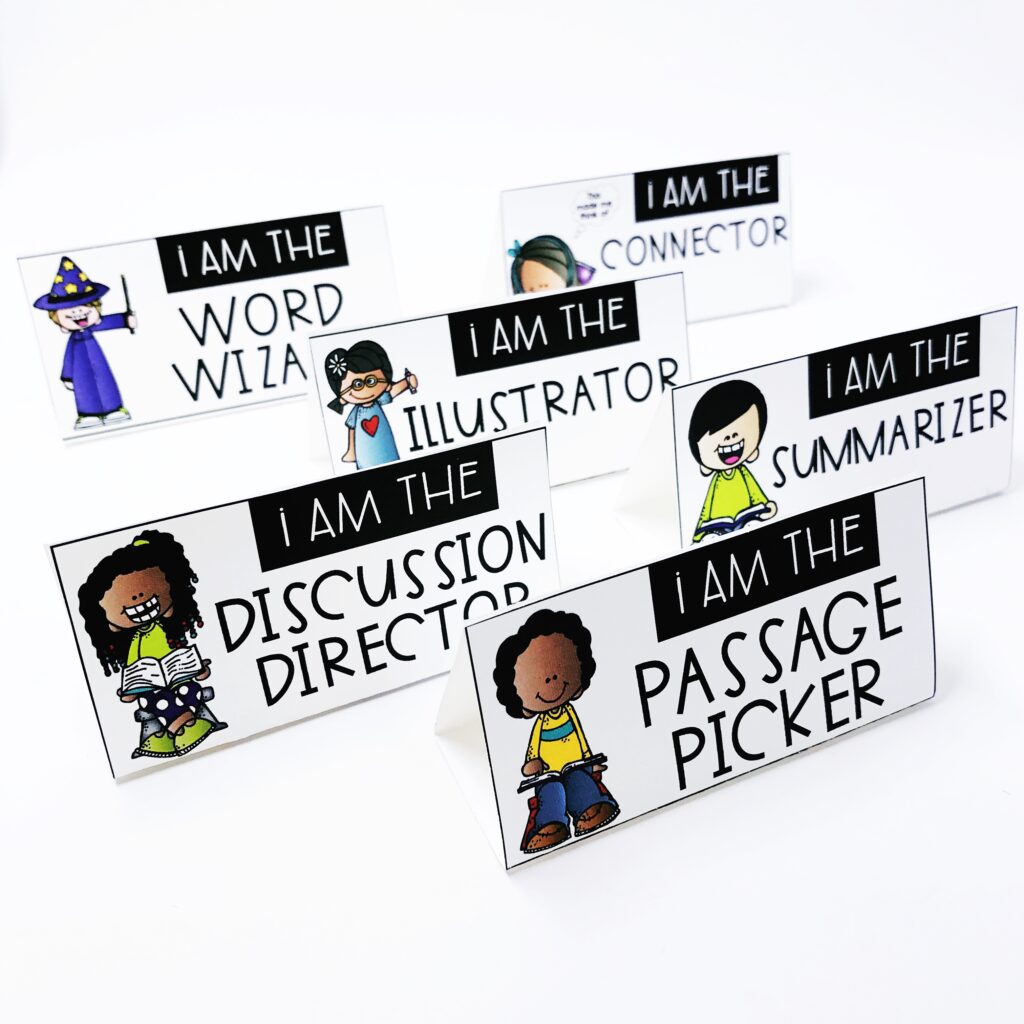

You can also find all of these resources HERE on Teachers Pay Teachers.
Still not sure? Check out this post sharing 5 Reasons to Try Literature Circles in Your Classroom!
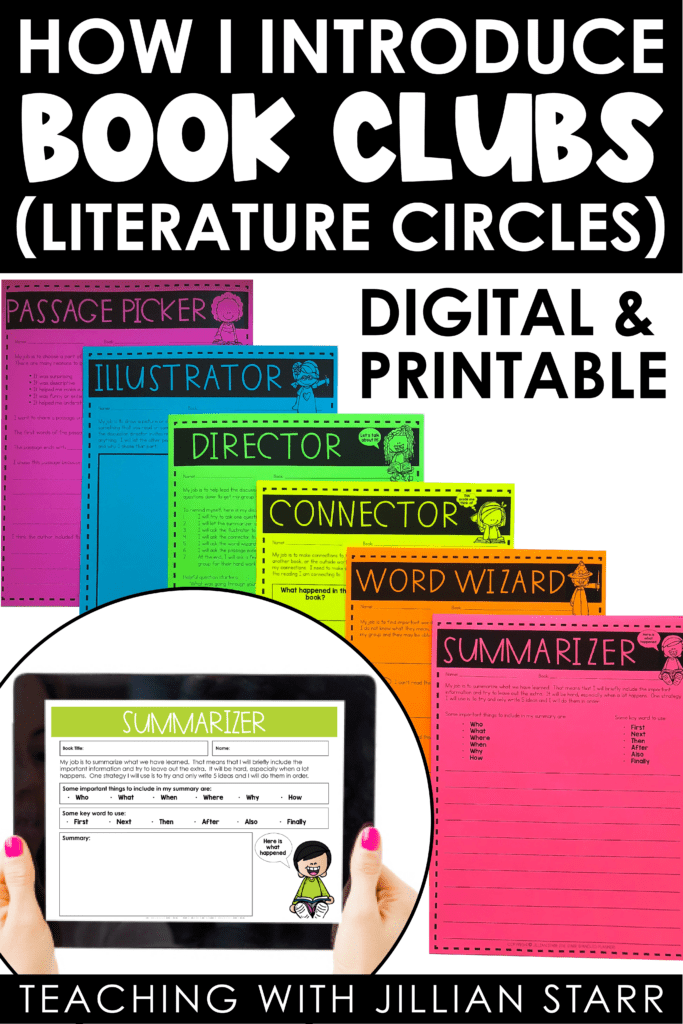


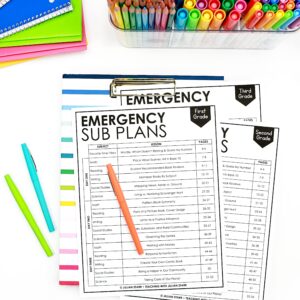

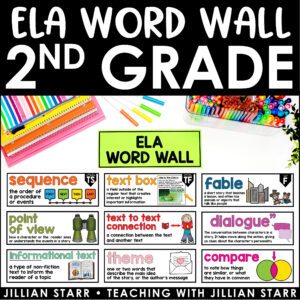
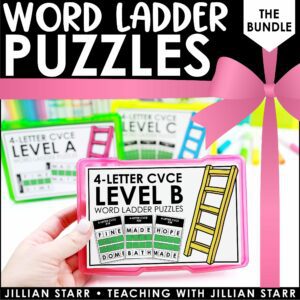
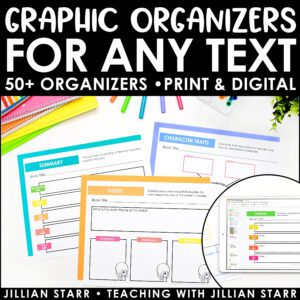
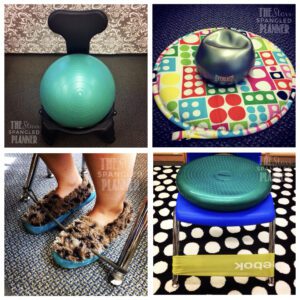

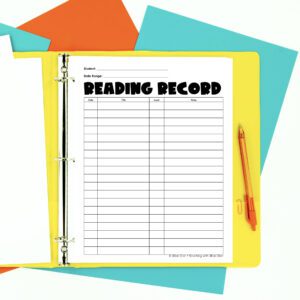


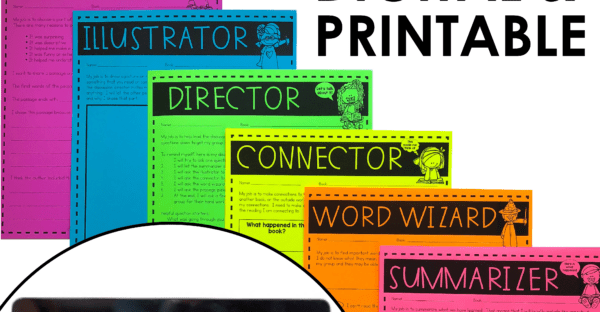
Do you run your reading time like your guided math time? Do you meet with every group every day? When do the students complete the work? I think I saw that it was one of your reading station rotations. I completed your Guided Math Academy this summer and with the help of my campus math specialist, I have jumped in and am loving it! I’m trying to now wrap my head around if I can do the same method with reading. Letting go of the whole group focus on one story for the week is hurting my brain! Lol! I have been teaching for 17 years and it can be hard to let go of old habits.
Thank you for your feedback and your blog. You push me to be a better teacher.
Hi Elizabeth! Thank you so much for your kind words and to let me know that Guided Math Academy has helped your teaching! I run my reading groups similarly to my Guided Math groups. I do not meet with each group every day, just like with Guided Math. However, my students are working on a combination of differentiated word work/phonics, literature circles, reading response (essentially letters back and forth with me), and independent reading. This is in second and third grade. My first grade centers looked different because their early reading skills benefitted from a different focus. I hope this helps!
Hi Jillian! I really liked reading how you introduced literature circles with your students! I teach 6th grade and wondered if you think that this format of guided reading would work well with upper elementary/middle school-aged students?
Thank you!
Hi Sarah! I think Literature Circles can work very well in upper grades. However, the roles become more complex and there is more responsibility given. I would not replace direct, small-group instruction with literature circles. Instead, they can be a wonderful practice that students engage in *while* you are providing direct instruction to another group. Does that make sense?
Thank you for replying! I will have to look at more information to learn more about literature circles in upper elementary. I like that the students would have more responsibility and be able to take ownership while growing their love for reading. I also, thank you for noting to keep small group instruction while the students complete their tasks on their own. This gives me a lot to consider for the next school year. Thanks again!